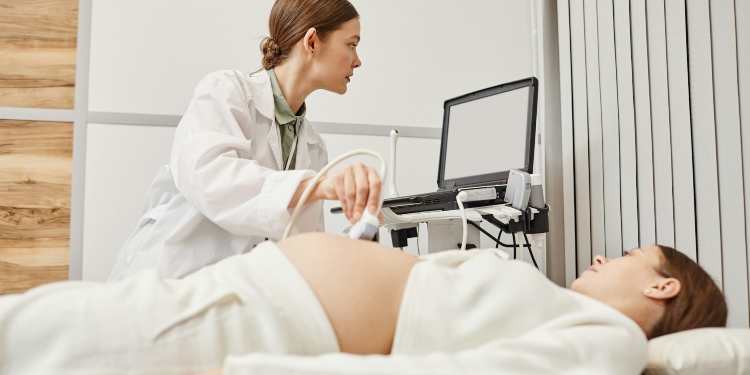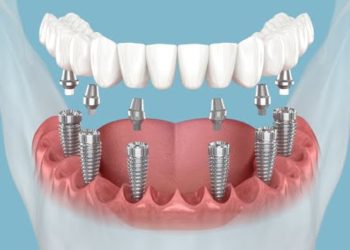In vitro fertilisation (IVF) is a well-established method to assist couples and individuals facing fertility challenges. This guide will walk you through each stage of the IVF process, providing insights into what to expect and how to prepare.
Whether you are considering IVF or supporting someone who is, consulting with a specialised fertility clinic, like Fertility Plus, to ensure you receive personalised care tailored to your needs is crucial.
Step 1: Initial Consultation and Preparation
Before starting IVF, you will undergo a thorough medical evaluation. This includes blood tests, ultrasounds, and possibly a semen analysis for your partner.
Your healthcare provider will discuss the details of the IVF process, including the use of fertility medications to stimulate your ovaries.
Step 2: Ovarian Stimulation
During a natural menstrual cycle, typically only one egg matures. However, during IVF, you will take hormone injections to stimulate your ovaries to produce multiple eggs.
This process, known as superovulation, increases the number of eggs available for fertilisation. Monitoring through regular blood tests and ultrasounds ensures the eggs are maturing correctly.
Step 3: Egg Retrieval
Once your eggs are mature, you will receive a trigger shot to finalise their development. Egg retrieval is performed 36 hours later under mild sedation.
Using an ultrasound-guided needle, your healthcare provider will collect the eggs from your ovaries. This procedure is minimally invasive and usually takes about 20-30 minutes.
Step 4: Fertilisation
In the laboratory, your eggs are combined with sperm from your partner or a donor. There are two main methods of fertilisation:
- Standard Insemination: Eggs and sperm are placed together in a culture dish.
- Intracytoplasmic Sperm Injection (ICSI): A single sperm is injected directly into each mature egg, often used when sperm quality is an issue.
Step 5: Embryo Development
Fertilised eggs are monitored for five to six days as they develop into embryos. Not all fertilised eggs will reach the blastocyst stage, but those that do are considered for transfer. About 50% of fertilised eggs typically progress to this stage. Embryos not immediately used can be frozen for future cycles.
Step 6: Embryo Transfer
Embryo transfer is a simple procedure that does not require anaesthesia. A thin catheter is used to place the embryo(s) into your uterus. This usually occurs between three to five days after fertilisation.
You can resume normal activities shortly after the procedure. Pregnancy is determined approximately nine to fourteen days later through a blood test.
Step 7: Pregnancy Test and Follow-Up
Around two weeks after the embryo transfer, a blood test will measure your levels of human chorionic gonadotropin (hCG), the hormone produced during pregnancy. A positive result indicates successful implantation.
What to Expect Post-IVF
After IVF, you might experience mild side effects such as bloating, cramping, and breast tenderness due to elevated hormone levels. Most people can return to normal activities shortly after egg retrieval and embryo transfer. It’s important to follow your healthcare provider’s advice and report any unusual symptoms.
Summary
IVF is a complex but effective method to help individuals and couples achieve pregnancy. Understanding each step of the process can alleviate some of the stress and uncertainty associated with fertility treatments.
By staying informed and working closely with your healthcare team, you can navigate the IVF journey with confidence and hope.
David Prior
David Prior is the editor of Today News, responsible for the overall editorial strategy. He is an NCTJ-qualified journalist with over 20 years’ experience, and is also editor of the award-winning hyperlocal news title Altrincham Today. His LinkedIn profile is here.












































































